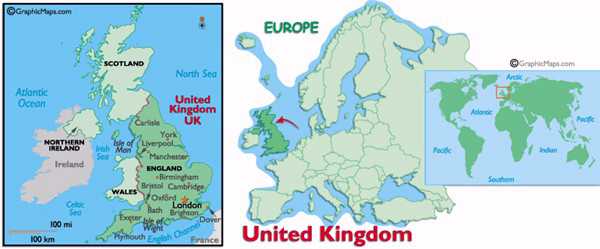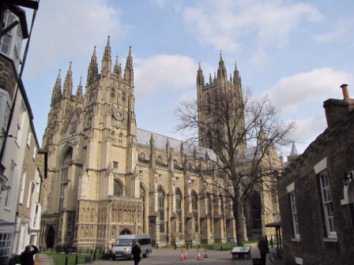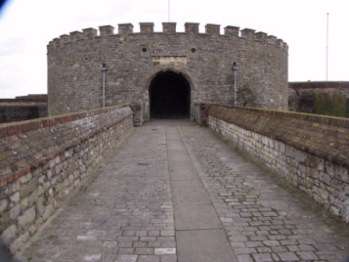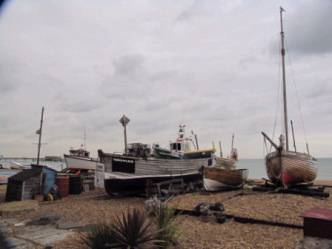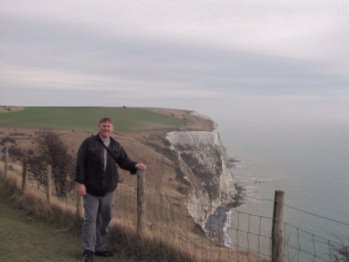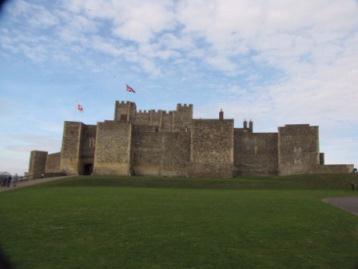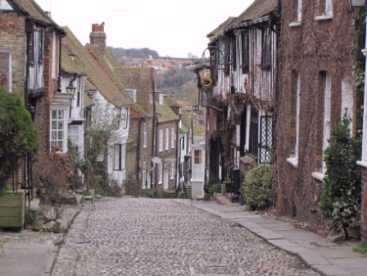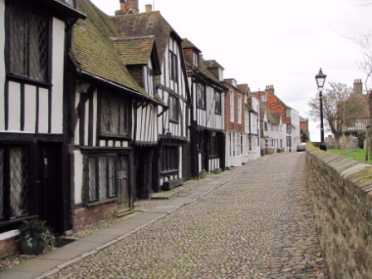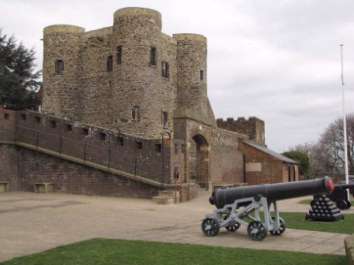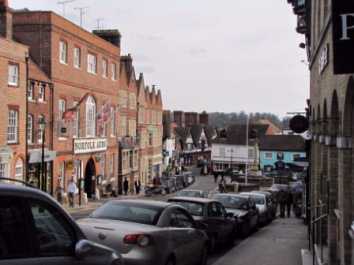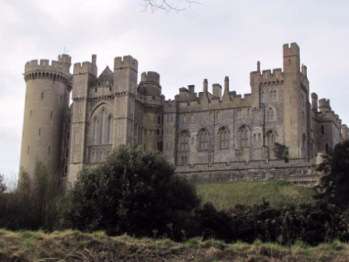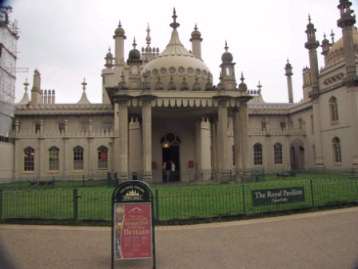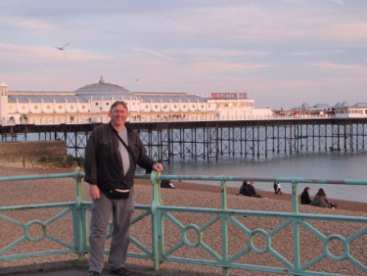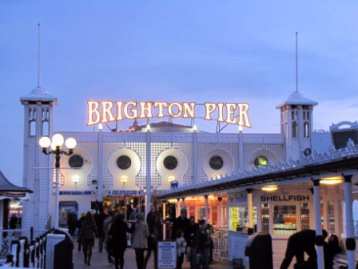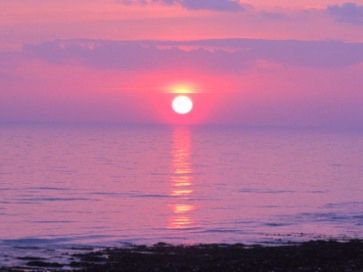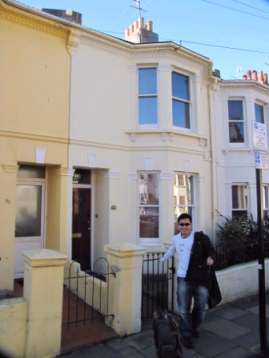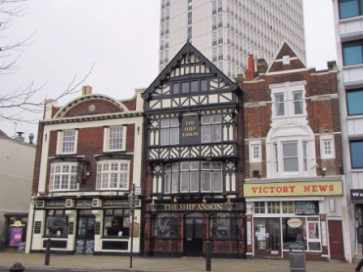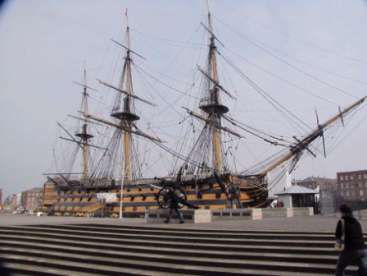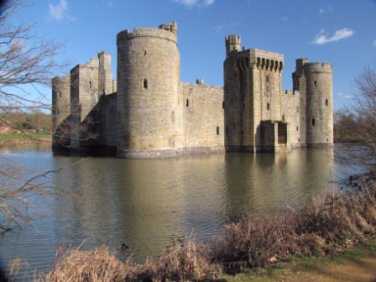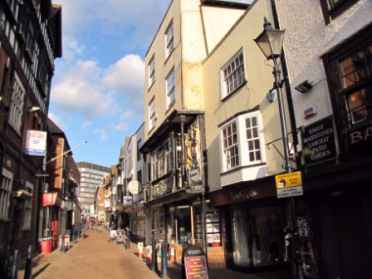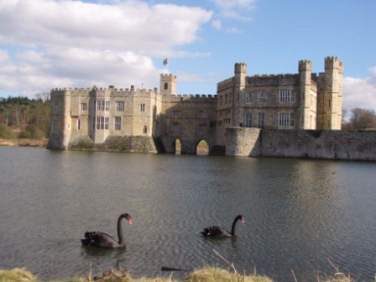In February 2009 I flew to London, England for a week but not to spend the time in London. It was not a lot of time, so I limited the trip to the southeast of England and primarily along the coast. Another advantage of this area, I was able to meet up with my friend (and now part-time tour guide) Nelson and visit with him.
I headed east away from London and made Canterbury my first stop, and boy do I have a tale to tell you - but that's another story. Despite the size, this town is easy to walk around in. There is an old town, city walls, and a lot of small shops. The Canterbury Cathedral is huge, but the way the town buildings, streets, and cathedral are built almost hides it until you are in the court yard (and paid the entrance fee). I was quite surprised by the fact I was walking around it and not sure where it was.
The next stops were Deal and Dover, both along the coast and right on the English Channel. Deal reminded me of the typical English seaside (Channel side?) village. It had candy shops, ice cream shops, a large fishing pier, and pastel colored buildings. It didnít hurt that it also had itsí own castle. Speaking of Castles (you canít speak England and not mention castles), Dover Castle definitely was a highlight of the trip. I spent nearly an entire day there walking around, taking pictures, and taking several very nice tours they offered. Really an incredible place to see, the castle that is. The actual town of Dover was pretty much a town called Dover. It was more interesting walking along the White Cliffs of Dover; you pass through fields with some incredible views.
The town of Rye was formed around 1100, and is part of what they call 1066 Country representing the birthplace of England (the Battle of Hastings). It now is surrounded by several rivers, but at that time it was actually on the English Channel, which is now 2 miles away. The town has cobbled streets, a Medieval church, and many beautifully preserved houses from Medieval, Tudor, and Georgian times. This town really is a pleasure to walk around.
Brighton is a popular spot for Londoners to get away from their city. However, it has itsí own city vibrancy. I toured the seaside royal getaway the Royal Pavilion, which is an Oriental inspired design strangely not on the sea. Brighton Pier is the landmark of the city, with itsí flashy fun and carnival like atmosphere. The Lanes is an area of Brighton with a maze of tiny alleys and passage ways lined with cobbled streets that are filled with shops, restaurants, and people.
Not far from Brighton, were 3 castles to explore. Bodiam Castle, Leeds Castle, and Arundel Castle each have their own charm. Bodiam Castle, 1385, is picture perfect on the outside, with rising turrets, formidable drawbridge, imposing moat and the works. Unfortunately the inside was destroyed during the English Civil War to prevent further takeover of the surrounding countryside. Leeds Castle, 1119, is a fairytale castle on the outside. The inside is actually quite modern, at least to 1930 standards, since the last private owner (from 1926 to 1974) had the inside updated. Arundel Castle, 1068, is an imposing medieval fortress perched high above the town of Arundel. Arundel is Englandís second largest castle, Windsor Castle is the largest (bring that up at your next party and impress everyone with your knowledge of England's history).
Finally, there is Portsmouth. What can I say about it that I havenít already said? OK, I havenít actually said anything yet, so Iíll touch the high lights. Portsmouth was the Royal Navy capital, and consequently has a historic dockyard with, not surprisingly, several historic ships. More of a modern flare is the Gunwharf Quays, an area along the waterfront that features shopping, restaurants, bowling, a casino, outdoor entertainment, and the Spinnaker Tower to top it all off. The tower has a glass floor observation deck, if you dare!

